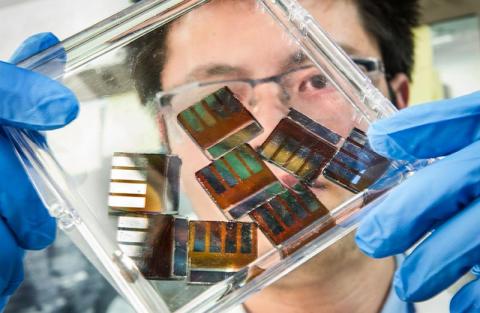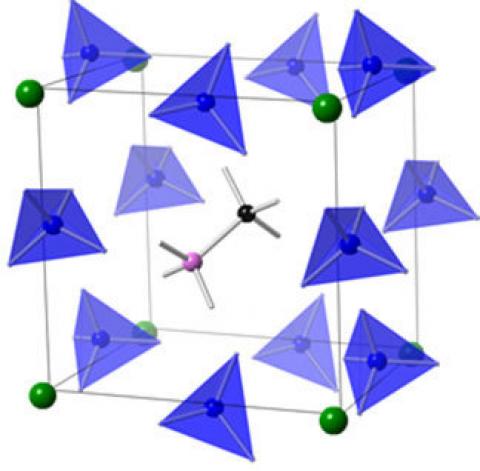New method boosts perovskite-based solar cells performance
Scientists at the U.S. Department of Energy's (DOE) National Renewable Energy Laboratory (NREL), in collaboration with researchers at Shanghai Jiao Tong University (SJTU), have reportedly devised a method to improve perovskite-based solar cells, making them more efficient and reliable with higher reproducibility.

The research was funded by the DOE's SunShot Initiative. It involved hybrid halide perovskite solar cells and revealed treating them with a specific solution of methyl ammonium bromide (MABr) would repair defects, improving efficiency. The scientists converted a low-quality perovskite film with pinholes and small grains into a high-quality film without pinholes and with large grains. This apparently boosted the efficiency of the perovskite film in converting sunlight to 19%, according to NREL.


